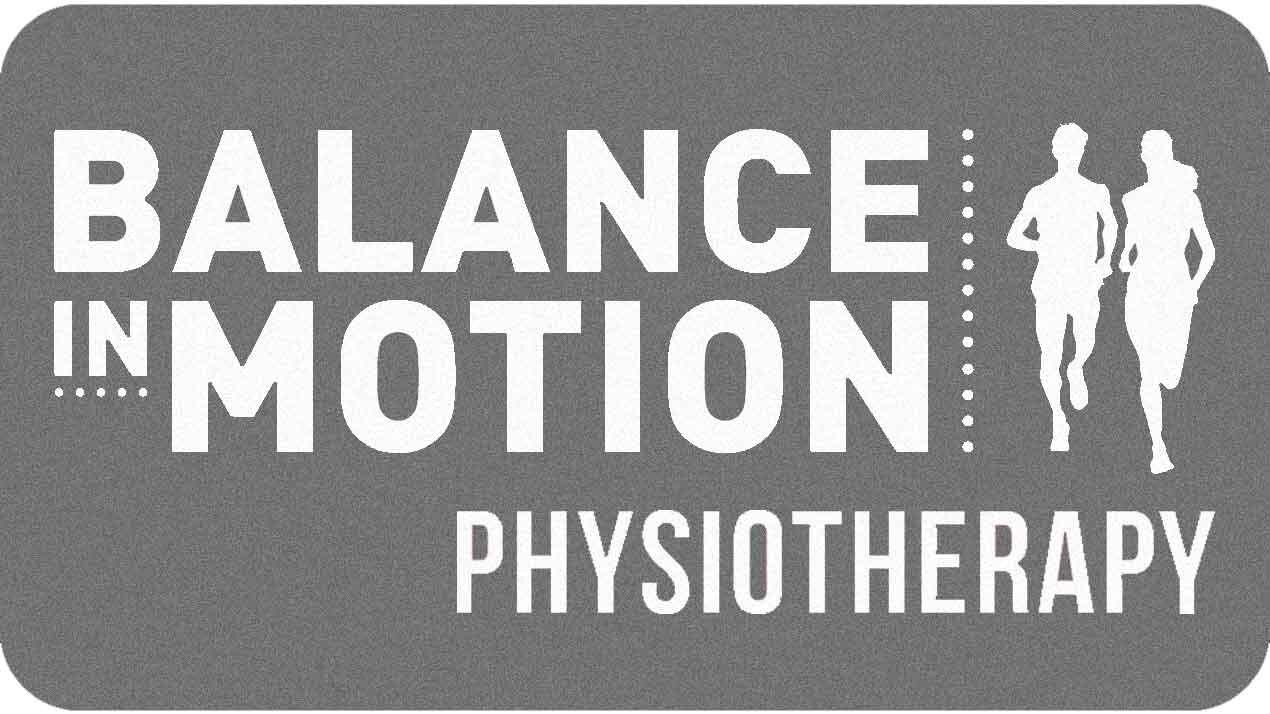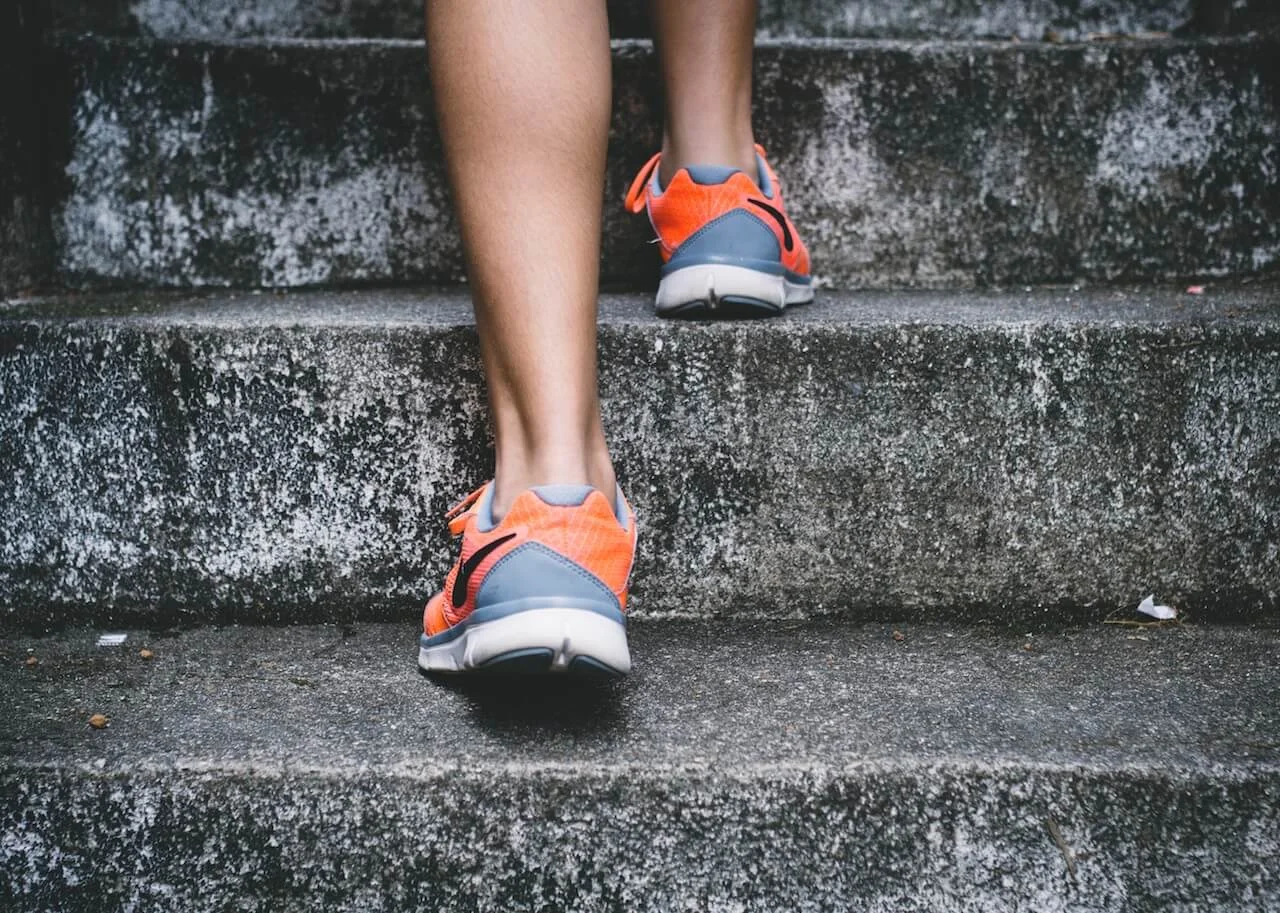HELP I'VE SPRAINED MY ANKLE!!!
/HELP I'VE SPRAINED MY ANKLE!!!
Here's what to do in the first 3 days of an sprained ankle
The sprained ankle, for some reason doesn’t get the respect it deserves when compared to the knee, back or neck.
I don’t understand why. It is such an amazing joint complex and when it works well gives you that explosive ability to change direction quickly or transfer force beautifully to improve running efficiency and economy.
If you don’t treat a sprained ankle with respect and manage the injury properly your sporting performance is greatly reduced, your running becomes inefficient and your body compensates around it putting you in high risk of injuring something else in your body.
In the event you sprain your ankle, If you read the following you will come a long way in greatly reducing the time you are out and promoting a great environment for which your body can repair the damage done in the quickest amount of time possible.
Ok, so disaster has struck you were running along and your foot got stuck in a pot hole, or you went for a layup and your foot hit another players shoe forcing your ankle over, OR it just keeps happening for no reason!
You hobble home and want to know what do you do next??
Follow the acronym P.R.I.C.E.M immediately after injury for the first 48-72 hours.
PROTECTION
Brace or tape the ankle to allow forward and backwards movement but limit sideways movement (scroll down to learn how to tape your ankle).
This sideways movement generally puts stress on the recently damaged ligaments whose job is to protect you from this movement. The reality is you won’t get any healing of these ligaments until after 3 days and even after that it is still very weak. So limit these movements as much as possible. Of course, you want to twist your ankle around to see if it still hurts but try and refrain so you can give the ligaments a chance to settle down.
REST
Avoid prolonged standing or walking. Normally at this point, it is very swollen so REST. Again because you have no new tissue laid down for the first 3 days limit the damage done. If you have a busy day planned reconsider it for a season of Game of Thrones on the couch. Especially if you love training and want to get back to it as soon as possible.
ICE
Apply ice to the injured area for 15-20 minutes every 3 waking hours with the leg elevated above your heart to reduce swelling and pain.
COMPRESSION
Apply an elastic bandage or tubing when you are not icing your ankle. This is quite often forgotten. It still amazes me when a patient comes in that has compressed their ankle for 3 days how much better it looks and how much more we can do early to get rehab started if compression has been used versus no compression. Don’t sleep with the compression but whenever weight bearing or ESPECIALLY when sitting at your desk use a compression bandage.
ELEVATION
Lie flat and elevate the leg to an angle of 30 degrees often. This is another game changer. Remember if you are sitting up and your foot is on an adjacent chair this is NOT elevation. Your leg must be above your heart on a couple of pillows with you flat on your back for it to drain effectively.
IT BLOODY HURTS – WHAT PAINKILLERS CAN I TAKE?
Avoid anti-inflammatories. The inflammatory response is a necessary part of healing in the early stages of an injury and should not be retarded. Taking anti-inflammatories such as Voltaren or Neurofen after an acute injury can slow the healing process. That includes avoiding voltaren gel onto the area of pain.
Avoid aspirin based painkillers as they thin the blood and increase bleeding
Avoid alcohol as it dilates the blood vessels and will increase bleeding and swelling. A large night at the Beach Road Hotel after an ankle sprain is a sure fire way to rapidly increase your swelling and prolong your recovery time.
Take panadol for pain if required.
** If you are unable to take weight on your foot you need to get an X-ray as soon possible.
MOVEMENT - INITIAL EXERCISES
Alphabet
Write the alphabet in the air with your foot (not your whole leg) to move your foot into all ranges and avoid stiffness at the ankle.
Heel slides
Place your foot on the ground and pull it back towards you to gain ankle bend, push your foot forwards keeping it on the ground to gain ankle forward movement.
You can use a plastic bag under your foot to reduce friction on carpet or socks and talcum powder on floorboards or tiles.
Gastrocnemius Stretch
With your weight supported, lunge forwards, keeping the back
Knee straight and the heel on the ground, move into a lunge position until a gentle stretch is felt in the calf
Hold 30 sec
Repeat x 2
Twice daily
Soleus Stretch
Keep the heel of the back foot on the floor with the foot pointing straight ahead. Bend the knees forwards.
Hold 30 sec
Repeat X 2
Twice daily
HOW TO TAPE YOUR ANKLE
Taping is used to protect the injury and prevent recurrence on return to activity
Position
Lie on your back with the lower leg half off the end of the bed.
Position your foot so that the outside of your foot pulled towards you the whole time it is being taped.
Technique
Anchor: Begin with an anchor around the circumference of the leg about one third up the shin. Lay the tape on without firm pull. Direction – ends point upwards
Stirrups: Apply 2-3 stirrups from the inside of the leg, beginning at the anchor to under the heel and firmly pull up to the anchor on the outside of the leg.
Figure 6: Apply 2-3 “figure sixes” beginning from the inside again, under the heel and firmly pull across the ankle back to the inside of the leg.
Anchor: Finish the taping by re-anchoring around the circumference of the leg over the ends of the stirrups and sixes.
Taping yourself
Place the outside of your foot on the edge of a chair so the outside of the foot is lifted up towards you. Follow the above technique from this position.
This should reduce your pain fairly quickly however you do need a structured rehab program from a Physio to get the ankle flexible, strong with the ability to change direction with excellent balance. If you live in the Bondi area click HERE for our Bondi Physio clinic. If you are near the Sydney CBD click HERE for our Sydney City Physio clinic
You are also more than welcome to a free 10 minute phone Physio consult to see what else can be done. Just click HERE and put Free 10 minute phone consult in the headline.


